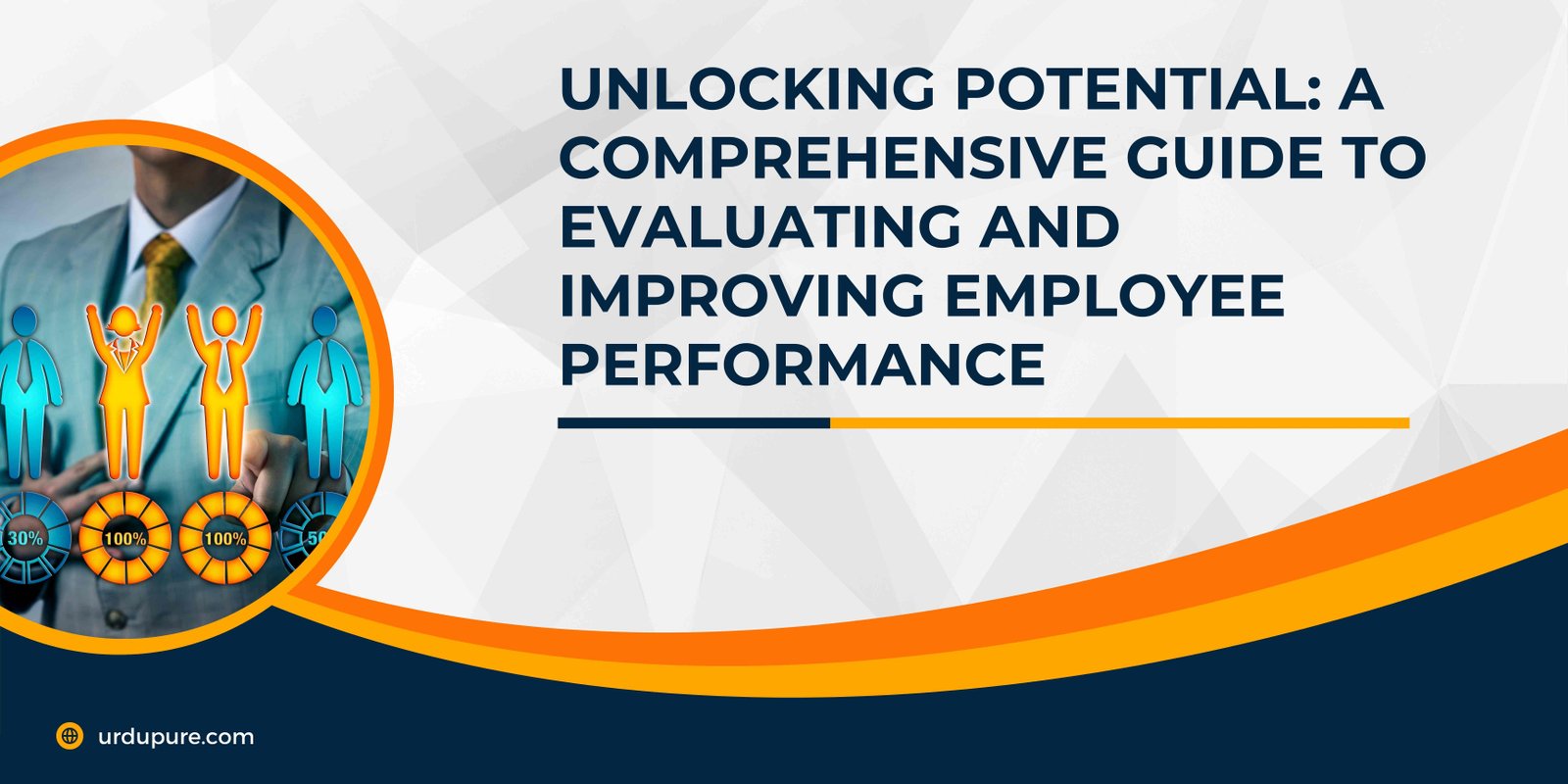Unlocking Potential: A Comprehensive Guide to Evaluating and Improving Employee Performance

Evaluating employee performance is an important process that helps organizations measure the effectiveness of their employees and identify areas for improvement. Here are a few key steps in evaluating employee performance:
Define clear performance standards: The first step in evaluating employee performance is to establish clear performance standards. This includes defining the expectations for each position and setting specific, measurable goals for employees to achieve.
Gather data and information: To evaluate employee performance effectively, you need to gather information from multiple sources, such as self-evaluation, observation, and feedback from peers, supervisors and customers.
Conduct performance reviews: This is the actual evaluation process, where managers and supervisors meet with employees to discuss their performance over a certain period of time. This is an opportunity to provide feedback, set new goals, and discuss any issues or areas of improvement.
Use a comprehensive evaluation system: A comprehensive evaluation system can help you gather data and information from multiple sources and evaluate performance using a variety of measures, such as job knowledge, productivity, quality of work, teamwork, and communication.
Feedback and coaching: One of the most important aspects of evaluating employee performance is providing feedback and coaching to help employees improve their performance. Feedback should be constructive and provide specific examples of what the employee has done well and where they need to improve.
Recognize and reward good performance: Recognizing and rewarding good performance is an important step in motivating employees to continue to perform well. This can include monetary rewards, bonuses, promotions, and other forms of recognition.
Follow up and track progress: Following up on the performance evaluation process is essential to ensure that employees meet the performance standards and that improvements are being made. This includes tracking progress and measuring results over time.
By following these steps, organizations can ensure that employee performance evaluations are accurate, fair, and beneficial for the employees and the organization. It's important to remember that employee evaluation should not be done only once a year; it should be a continuous process, with regular check-ins, goal setting and performance tracking. This allows managers and employees to work together to improve performance, build stronger relationships and foster a positive work culture. Additionally, it's also important to ensure that any evaluation process is done in a way that is unbiased and objective and respects the confidentiality and privacy of the employees.


